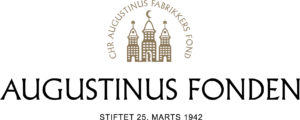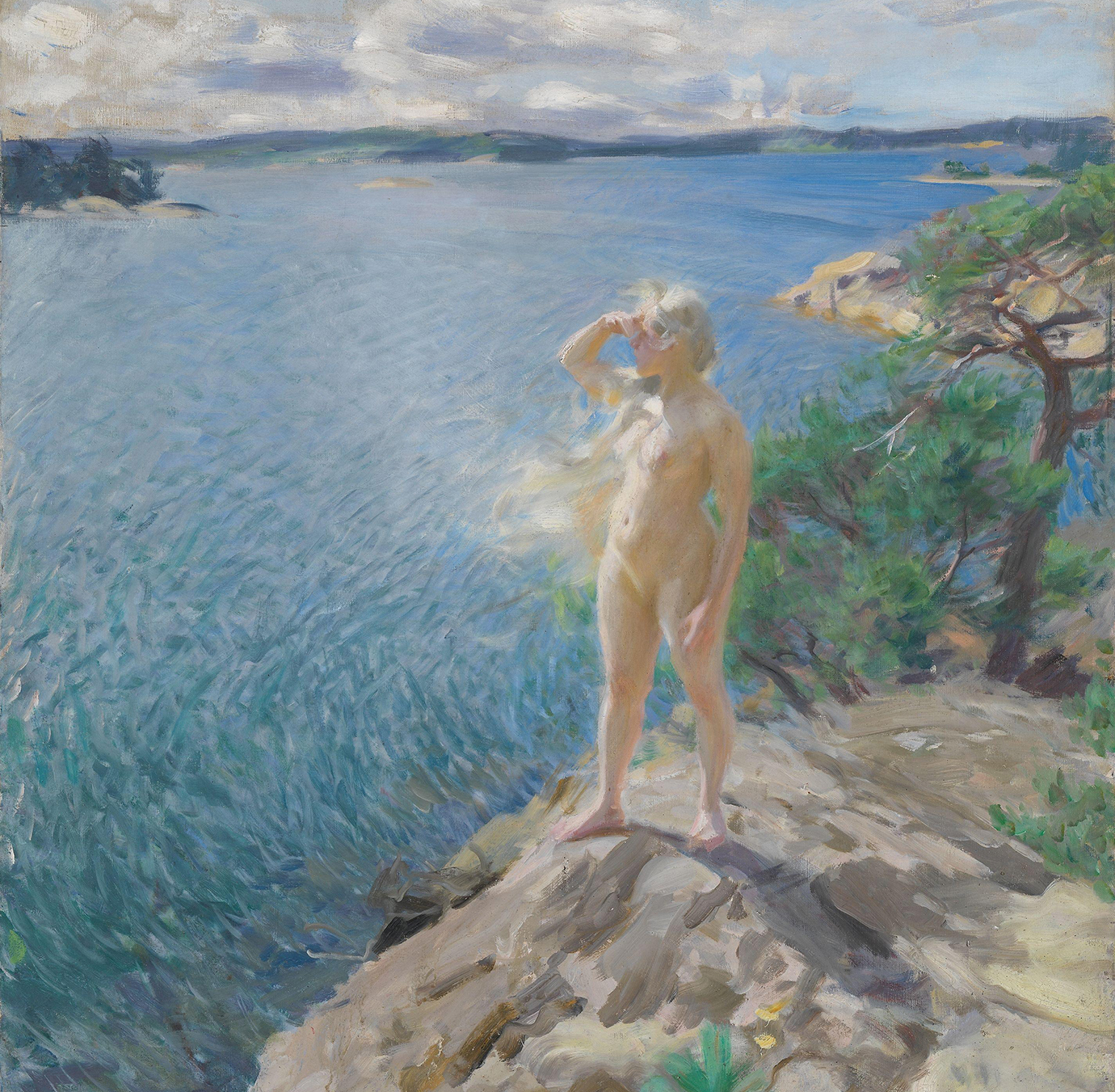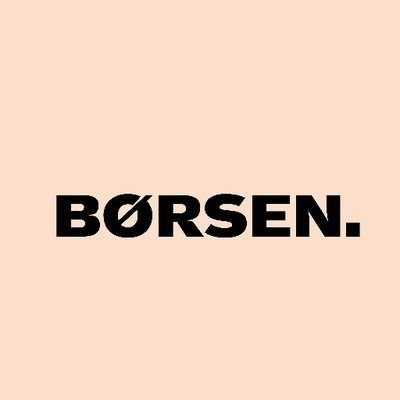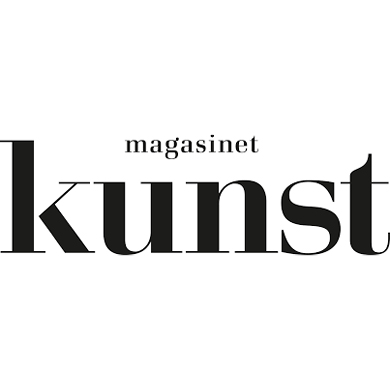1 October 2021 – 9 January 2022
ANDERS ZORN
THE BEST UNDER THE SUN
Discover one of the brightest stars of Swedish art history at Ordrupgaard. In 2014, we presented Carl Larsson’s colourful world and now the turn has come to Larsson’s close friend and artist colleague, Anders Zorn. Zorn’s repertoire is wider than Larsson’s, since he travelled far and wide in his capacity of internationally feted portrait painter and distinguished man of the world. Even so, Zorn, like Larsson, has been of great significance for the perception of Swedish culture through his portrayals of life in Dalarna. Based on local life – nature, homelife, and local traditions – he evokes timeless ideal images of the good life. Moreover, the works attest to a local social engagement and a belief in the importance of the local community. Themes that are highly topical in our own times.
The exhibition, collocating fifty works by Zorn plus a few items of furniture from Emma and Anders Zorn’s home in Mora, forms part of a series of exhibitions about Nordic artists’ homes at Ordrupgaard.
The Swedish artist Anders Zorn (1860–1920) was one of the best-loved and most acclaimed artists of his time. Already from a young age, he achieved great success on the international art scene with his flattering portraits of society’s bigwigs from art collectors and financial moguls to American presidents. However, there was another side to Zorn, far removed from metropolitan feted artists’ lives and high social circles. Throughout his life, Zorn always returned to his native area of Dalarna and the local life in which he was deeply rooted.
’I deeply long for the old peninsula, the best under the sun. Soon nothing else will do for me than things Swedish’ wrote Anders Zorn in 1884 in a letter to his betrothed, Emma Lamm (later Zorn).
Already in 1886, Zorn and his wife Emma bought a plot of land in his native town of Mora by Lake Siljan in Dalarna County. Ten years later, the couple settled permanently in this area. This became a turning point for Zorn, who now turned even more to Swedish nature and the Mora residents portrayed in their original environment. It was not a case of a nostalgic or romantic looking back to a world before it was thrown out of joint, but rather of empathetic and supportive portrayals of the local population, which Zorn himself felt closely associated with, nourished by a deep-rooted wish to pass on the cultural life of this area. The couple’s engagement in the region resulted, for example, in the establishment of Mora Folk High School which taught local music, dancing, cabinetmaking traditions, and textile art and, later, the setting up of Mora Open-Air Museum.
Zorn’s attachment to the area around Mora is manifested in atmospheric portrayals of the archipelago, the seasonal celebrations, the sauna, and popular Dalar culture. The works are, like Larsson’s, very significant for the understanding of Swedish culture. To the Zorn couple, Mora came to symbolise things that were unspoilt which, in contrast to contemporary industrialisation, emphasised local traditions and crafts. Now, hundred years later, their ideas appear visionary and relevant as a contrast to the rising consumerism.
The exhibition is financed by:



Anders Zorn, In the Archipelago, 1894. Nasjonalmuseet, Oslo. Photographer Børre Høstland
"Overgiv dig til mesteren"
"Anders Zorn – den svenske folkelivsmaler og ikke mindst kvindeskildrer – i fuld og forbløffende sikker udfoldelse på Ordrupgaard."
"I begyndelsen af 1900-tallet var der mange gode kunstnere under solen over Norden. Men der var ingen mere virtuos end Anders Zorn. Og når man oplever en omfattende, veldisponeret og informativ udstilling med en maler, der med så sikre og suveræne midler kunne indfange livet og menneskene omkring sig, kan man kun gøre ét:
overgive sig."

"Anders Zorn Superstar."
"Ordrupgaard viser fremragende ophængning af en af Sveriges største malere, Anders Zorn."
"Visningen på Ordrupgaard er en nydelse, der hviler i sig selv og som tilmed bliver suppleret med et glimrende katalog. Tillykke – gid udstillingen må blive et tilløbsstykke."

"Det gode liv, den store natur, folkedans, midsommer og nøgenbadning i skærgården. Anders Zorn er sammen med generationsfællen Carl Larsson indbegrebet af billedbogs-Sverige, og hinsidan har han nærmest status af nationalkunstner, på samme måde som P.S. Krøyer har det i Danmark."
"… det ændrer ikke på det faktum, at Zorn er uretfærdigt ukendt i Danmark, og at det er en glimrende og grundig udstilling Ordrupgaard har skruet sammen."

"Ordrupgaard viser en af de helt store svenske kunstnere omkring år 1900, Anders Zorn. Hvilken fornøjelse."
"Den svenske kunstner Anders Zorn (1860-1920) var verdensberømt omkring år 1900 og blev af samme grund styrtende rig. I kraft af sit virtuose håndelag og flamboyante væsen skaffede han sig kunder i ikke blog Sverige, men i England, Frankrig og USA. Ingen andre af samtidens nordiske kunstnere kom i nærheden af Zorns internationale gennemslagskraft."

"Vild med naturen og det nære liv i Sveriges Dalarne"
"En af svensk kunsthistories største stjerner kan lige nu opleves på Ordrupgaard. Anders Zorn (1860-1920) var allerede i sin samtid en stor stjerne, der havde succes som portrætmaler for overklassen i Europas metropoler, samtidig med at han bestandigt vendte hjem til barndommens Dalarne, hvor han fremanede tidløse idealbilleder af naturen og det nære liv. Ligesom når man ser skagensmalerne, drømmer man sig tilbage til solen, vandet og sommeren."

"Dalaromantik för danskar"
"Superstjärnan Zorn är fortfarande inte särskilt känd i Danmark. Carolina Söderholm ser en utställning på Ordrupgaard som försöker ändre på den saken."
"Ordrupgaard kanske inte direkt fördjupar bilden av Zorn men ger en fyllig ingång till den enkle Moragrabb som under tidigt 1900-tal blev det svenska måleriets superstjärna."

"Zorn på Ordrupgaard bringer os tæt på vores naboland Sveriges nationalklenodie. Anders Zorn (1860-1920) var en af maleren Carl Larssons (1853-1919) nære venner og Zorns stil minder bestemt om Larssons og vice versa."
"Vi mødes af over 50 værker. Vi ser oliemaleri, akvarel, men også eksperimenterende fotografi, som selv i dag udmærker sig og viser, at Zorn ikke kun havde tæft for maleriet."

"Svensk kunsts nationale flagskib kan opleves på det ´nye Ordrupgaard´. Udstillingen er den mest omfattende præsentation af Zorn i nyere tid her i landet. Derfor vil han for mange også være ukendt."
"Jeg kan ikke hylde hans akvareller nok. Det er sublimt arbejde og af en teknisk kvalitet, som måske kun Emil Nolde kommer i nærheden af."
